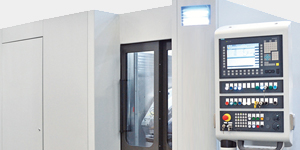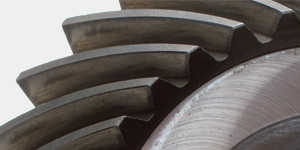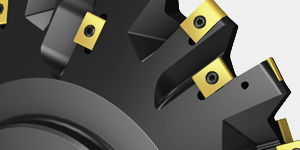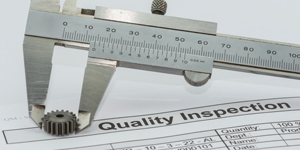Heat Treat Processes for Gears
Heat treatment is a critical and complex element in the manufacturing of gears that greatly impacts how each will perform […]
Gas Carburizing vs. Contour Induction Hardening in Bevel Gears
This paper examines the impact on distortion of two processes using traditional gear measurement techniques. It will discuss design considerations […]
Low Pressure Carburizing for Transmissions
With the many advances that have taken place to improve quality in the gear industry, it is only logical that […]
Carburizing Wind-Turbine Gears
Flame Metals Processing Corp. is a 23 year-old company that heat treats ferrous and nonferrous components in atmosphere and vacuum […]
The LPC Process for High-Alloy Steels
Low pressure carburizing (LPC) in vacuum furnaces has many applications in industrial technologies where high quality, reliability, and repeatability are […]
Improvements in Dimensional Control of Heat Treated Gears
The goals and objectives of this investigation focused on highly distortion-prone gearing (Figure 1) to determine if dimensional improvements could […]
Heat Treating Heavy-Duty Gears
Whether required to pace the movement of a precision watch or a giant wind turbine, gears play an essential role […]
Time to Shift Gears on Heat Treating?
How many times have you heard this conversation? Production manager: “Where’s the 72-piece bevel gear order that should be at […]
Bending Fatigue of Surface Densified Gears
Surface densified powder metal gears and conventional wrought steel gears were tested using a pulsator and a back-to-back gear tester […]
Oil Quenching Technologies For Gears
Oil quenching is a logical choice for gears. Atmosphere and vacuum carburizing carbonitriding of gears followed by oil quenching is […]
The Pressure’s On for Decreased Distortion
Many manufacturers [1] have reported that low pressure vacuum carburizing (LPC) has resulted in less distortion on gears than atmosphere […]
Reducing Distortion in Heat-Treated Gears
Power transmission gear manufacturing for critical industrial applications (Figure 1) requires an understanding of many factors, including both heat treat […]





























